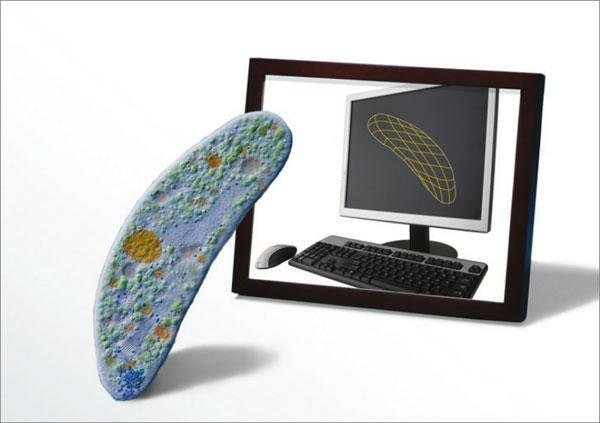PALO ALTO, Calif., July 24 (UPI) -- Researchers in California say they've made a breakthrough in computational biology by creating the first complete computer model of an organism.
Writing in the journal Cell, researchers at Stanford University combined date from more than 900 scientific papers to account for every molecular interaction in the life cycle of Mycoplasma genitalium, the world's smallest free-living bacterium.















